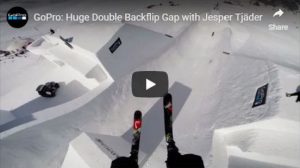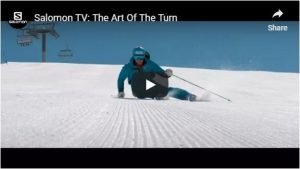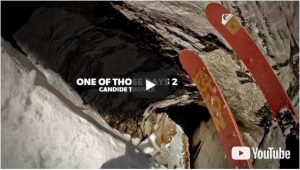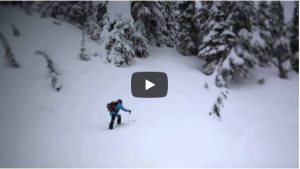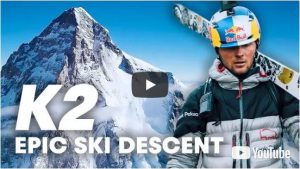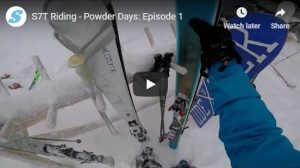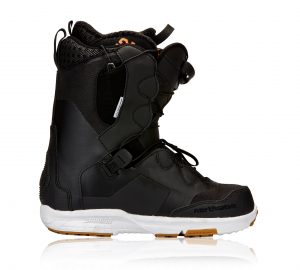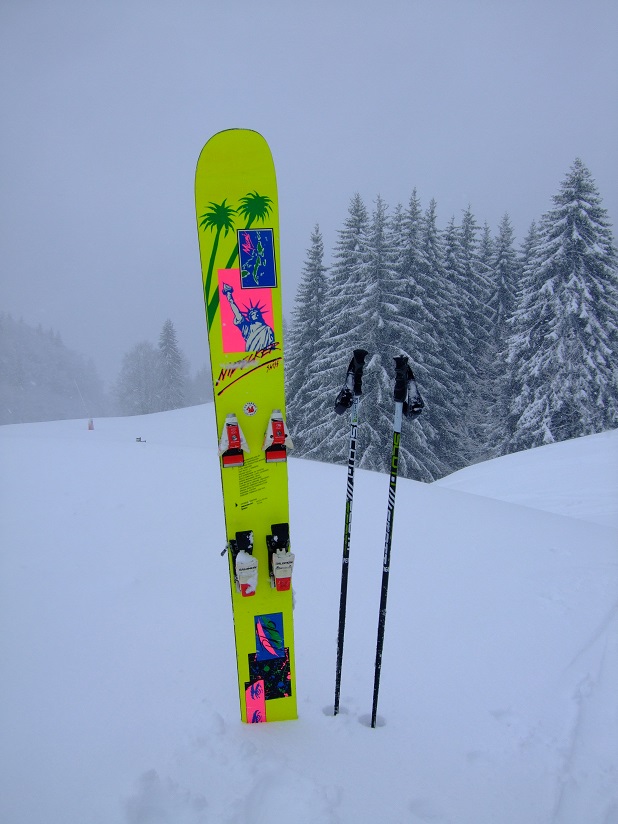 “I used to have one of those!”
“I used to have one of those!”
Probably the most common comment I received last season. The mono-ski was definitely an 80s craze! You could argue an archaic piece of ski-quipment, justifiably confined to the attic, car-boot sale or trash-heap. Except, modern skiing is perhaps too easy. The classic mono-ski offers a new challenge and an insight into the old way of doing things for those of us who started on parabolic skis.
Although there are plenty of people on the piste making it look like hard work, these days skiing is an awful lot easier that it used to be. Ski-boot and ski technology is ever-evolving, but the big game-changer was moving from the classic straight-cut ski to the now-almost-universal parabolic form we all now recognise simply as ‘skis’. Parabolic skis have what we refer to as a ‘side-cut’ which is simply a radius built into each side of each ski. What isn’t immediately obvious to all skiers, but becomes very clear the moment a ski is shown flexed and on its side, is how the radius makes the ski turn when carving. Virtually all by itself!
Darren Turner gives a great demonstration in his video here:
Personally, I can’t claim to know much about the old way of doing things as I’ve never skied on the old straight-cut style skis. Yet, if the older pros are to be believed, it was all about having massively long skis, ankles tight as if welded together and skis perfectly parallel. New technique is different. The skis are wider so you can’t keep exactly the same position etc., but this brings us back to the mono!
There have been various styles of mono-ski over the years, including some newer parabolic versions. Mine is a classic ‘pin-tail’ shape. This has a tapering to the rear which makes it more agile by sacrificing stability. In fact, in the wrong conditions (and at my still-developing skill level) it will sometimes spin-out altogether!
But don’t be fooled. Just because the pin-tail mono is easier to manoeuvre, it doesn’t mean it is easy to turn. Fore-aft weight position makes a big difference, and through my experience of self-teaching, a much more energetic approach is required when compared to normal modern skiing. Getting a rhythm going is very physical and yet exceptionally rewarding. Whereas carving down the first few runs may not even warm you up, one short mono-ski descent on a steep blue or shallow red is enough to simulate walking 100m up the piste in ski-boots. And linking the turns feels fantastic!
Perhaps this retro technique is starting to sound like fun? Yes it is, but by golly does it command some commitment! The first couple of hours are going to be very tiring and when you fall, it is a solid thwack(!) down onto the hip. But with a bit of perseverance this mostly-forgotten trend can start to yield some rewarding progression with a new feeling of on-the-edge stability. It’s great, but you’re only one bad edge away from yet another tumble!
On the plus side, when you decide to unclip your now closely-welded ankles and put normal carvers back on, skiing never felt so easy and fluid!
NF


